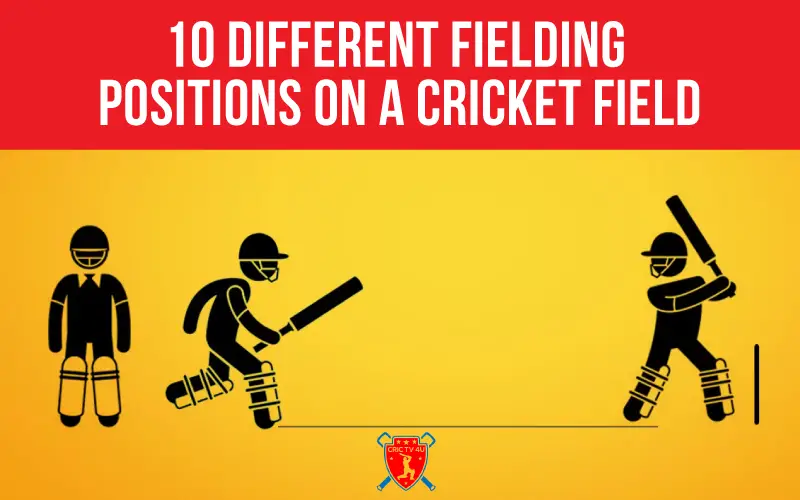When speaking about sports, cricket is one of the topmost favorite sports on the list for most people. Though many know about cricketing rules, not all know the exact fielding positions in cricket. Let's discuss the various fielding position in cricket.
The cricket field is divided into three parts, the close catching field, the inner ring, and the outfield. Most fielding experts are placed in the close catching field, and it will be 15 yards away from the batsman. The inner ring is 30 yards away from the batter, and the fielders are placed in this area to stop the singles. The fielders placed in the outfield are the ones to stop the boundaries. This is the largest area in the field.
1. Wicketkeeper
The wicketkeeper is the foremost among the fielders, who stands behind the batsman. He is responsible for stumping and catching the balls when the batsman hits them, misses them, or leaves them. The wicketkeepers are placed 20 meters away from the batsman when a pacer bowls and will move closer to the batsman when the spinner bowls.
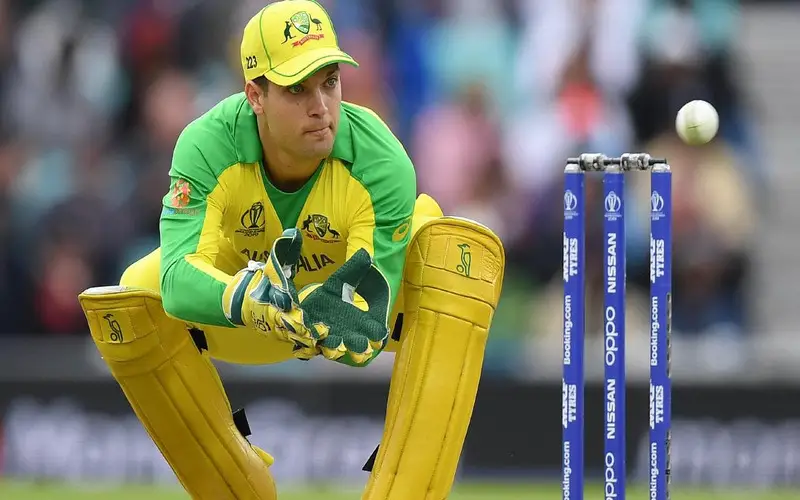
2. Slip
There are four slip positions, 1st slip to 4th slip. Depending upon the game, the fielders will be placed in these positions. Most of the time, we could see only two slips. The fielders are placed diagonally not to dash against each other while fielding. The fielders in the slip should always be sharp, as the batter could hit the ball any time towards them. It is one prominent position that gets the bowler a wicket quite quickly. Leg slip is where a fielder is placed on the left side of the batsman and wicketkeeper. The leg slip is opposite to the normal slip position. Most of the time, leg slips are not used. The team will prefer a leg slip only when the runs are flowing on that side through a sweep shot, or the batsman is weak.
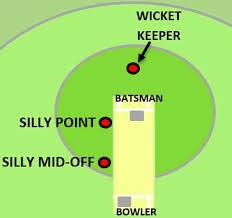
3. Gully
Gully is nothing but the extension of the slip. The gap between the slip and the gully would be a bit larger. Like the slip fielders, who stand diagonally, the fielder in the gully will be placed diagonally to them. A fielder will be placed in the gully at the beginning of the match, after a wicket has gone or while gaming on a slow pitch, or if the player is weak.
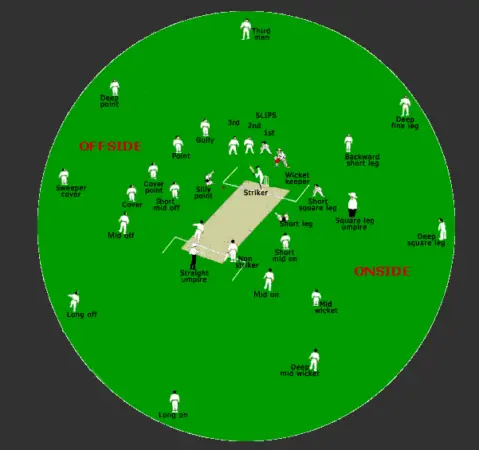
4. Point
Point is an important position in the field. Only the best fielders are placed in the Point position as there are chances for the balls to pass that position when the batsman plays an attacking game. The fielder adjusts himself in the forward or backward points depending on the situation.

5. Cover
It is one of the most nuanced positions on the field. Most stylish batters prefer cover drives. So, to stop boundaries at the cover area, a perfect fielder must be placed in that position. The position closer to the pitch is called short cover, and the place where a fielder is placed on the deep cover position of the boundary is called a deep cover.

6. The Third Man
The third man is usually placed on the outer field, a long way behind the slips. Most of the time, the third man is placed when there are no fielders on the slip. In most of the test matches, we can't see the third man.
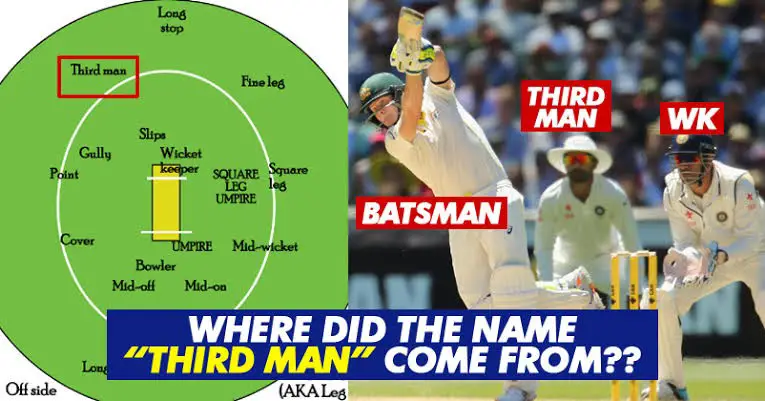
7. Fine Leg
A fielder will be placed in the fine leg position while the batsman faces a spinner and tries sweep shots or when the batsman hits the ball behind square leg when a fast bowler bowls. Fine leg position fielder is placed on the leg side of the batsman, most of the time on the edge of the inner circle.
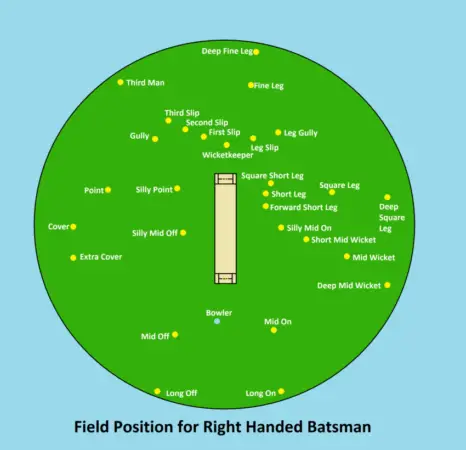
8. Mid-Wicket
The mid-wicket position is on the front of the leg side of the batsman. The fielder will be positioned on the inner circle's edge to stop the singles. The mid-wicket fielder covers square leg and mid-on positions.

9. Mid-Off
The mid-off position is on the offside, and the same position on the leg side is called mid-on. The fielders could stop the boundary when the batter tries to send the ball to the long-off boundary. Most of the Captains are seen in the Mid-off, so that they can discuss with the bowlers after every ball is bowled.

10. Square Leg
Square Leg is on the leg side of the batsman in the square of the wicket. While one of the umpires is standing behind the non-striker, the other umpire is placed in a position somewhere near the square leg. The square leg is a position where the players tend to play various shots, including pull shots, and hence the fielder had to be attentive on the field to face the ball.
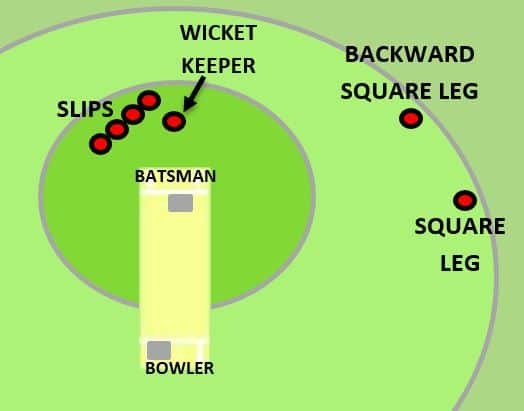
There are many more positions on cricket besides the points we discussed. Let's discuss the rest in another interesting article.



